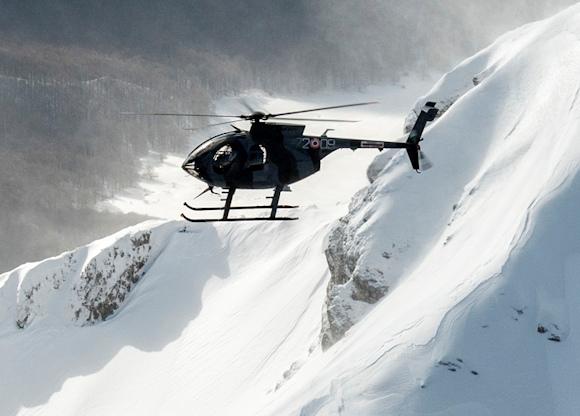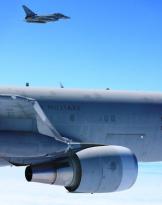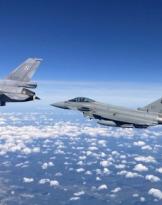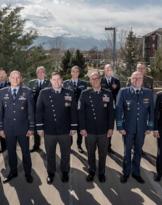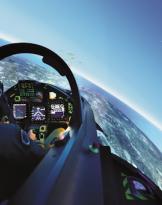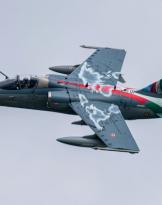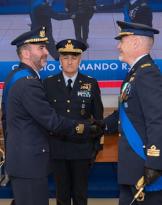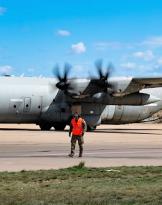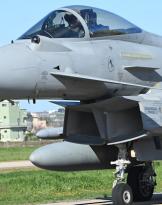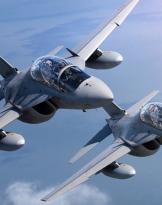These days at the end of January saw the 72nd flock engaged in the professional development of its flight crews. The instructor pilots trained in the snowy setting of the Ernici mountains, between Lazio and Abruzzo, to hone their skills and piloting skills, using the TH-500B helicopter equipped for landing in the mountains with snow skates.
The exercise, in addition to the training purposes of the institute, proved to be decisive in maintaining the operational capacity of being able to intervene in isolated places following extreme atmospheric events.
This type of capability became very useful during the heavy snowfall of 2012 when the 500nd Wing TH-72B helicopters rescued the resident population in several locations, without electricity, heating and water. The sorties made it possible to deliver food and medicines in time to the isolated population. Several, in that circumstance, were the operations of competition with the Red Cross to help people on dialysis.
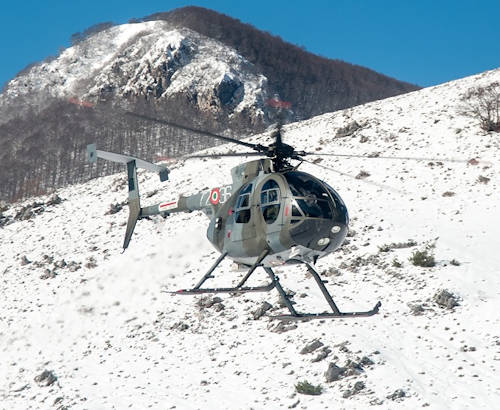 Major Francesco Q., flight instructor of the 72nd Wing explains that: “Flying in the mountains allows us to always maintain high levels of safety and training. Instructors can increase their skills and experience and reinvest them in the training of future generations of pilots. Furthermore, cooperating with other realities of the large community of mountain rescuers, the contribution of the helicopter with its versatility of movement is fundamental and the pilots must always be trained to be able to intervene in the correct safety framework. "
Major Francesco Q., flight instructor of the 72nd Wing explains that: “Flying in the mountains allows us to always maintain high levels of safety and training. Instructors can increase their skills and experience and reinvest them in the training of future generations of pilots. Furthermore, cooperating with other realities of the large community of mountain rescuers, the contribution of the helicopter with its versatility of movement is fundamental and the pilots must always be trained to be able to intervene in the correct safety framework. "
The mountain environment with its hostile elements (altitude, wind, adverse weather conditions, steep terrain and optical illusions) has always been the place where piloting skills and acquired knowledge are compared. In fact, the student who undertakes the training course with the Air Force ends his educational activity precisely with flight training in the mountains.
Reconnaissance with turbulent winds, approaches on crests, landings on a skate, take-offs on ravines and ledges are on the one hand fascinating for the challenge to nature but require a high level of knowledge and interpretation of what is happening. Piloting a helicopter in these conditions requires knowledge of the aerodynamics of flight, meteorology to understand environmental conditions and the study of winds, aerospace medicine to prevent spatial disorientation and coordination and performance management techniques under stress.

